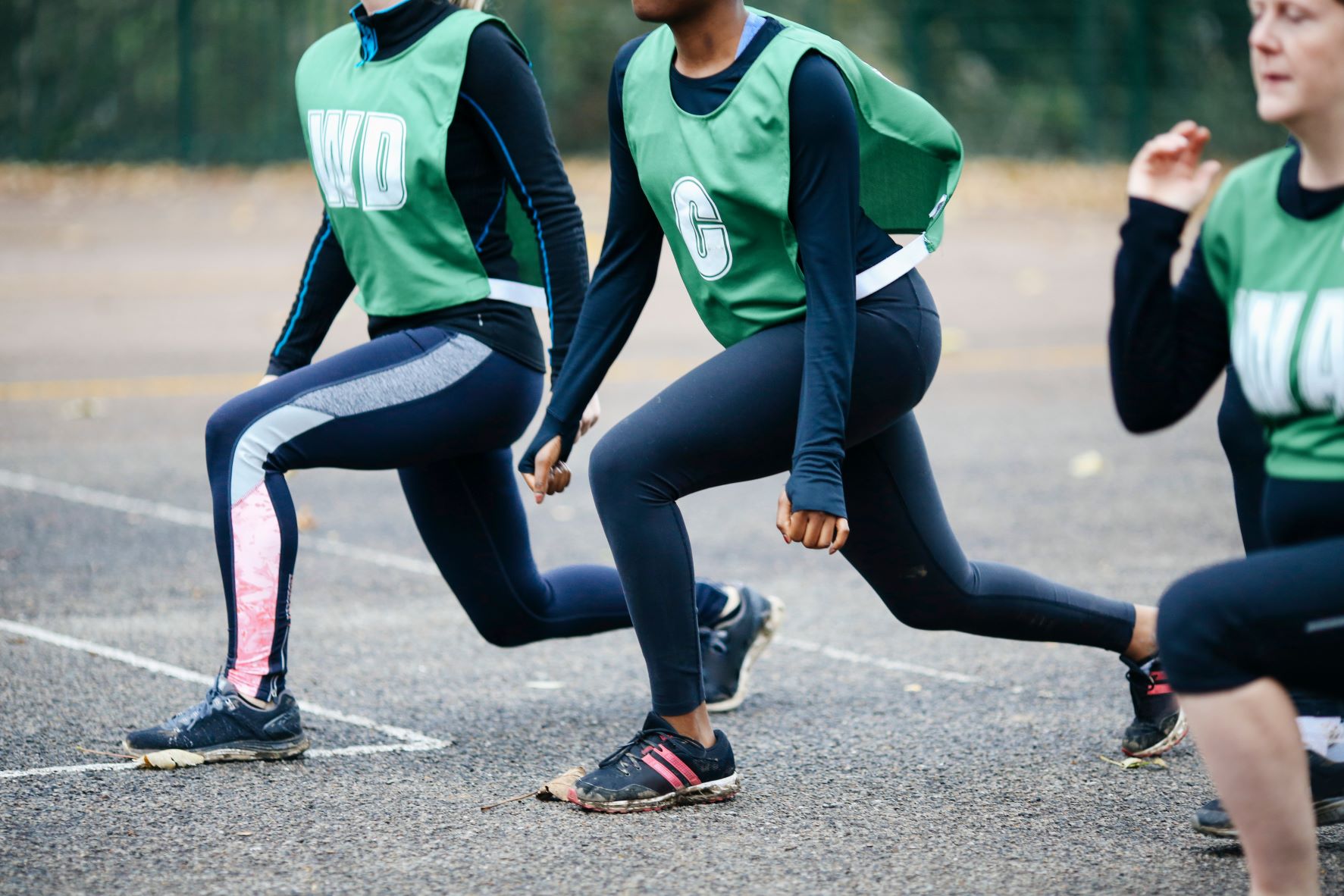Note that your final mark will not be saved in the system.
C1 Planning a warm-up Typeit
Type the correct answers into the spaces. Fill all the spaces before clicking ‘Check Answers!’

The warm-up is an extremely important part of participating in sport and physical activity. A thorough warm-up consists of a number of different components which help to physically prepare the body's cardiorespiratory and musculoskeletal systems for the main activity. It should always be carried out before the main activity so that the performer is able to benefit from an improved performance and reduced risk of injury for the main event.
| Component | responses | responses |
| 1. All warm-ups should start with a pulse . This is any activity that gradually increases in intensity to get the heart beating faster. |
|
|
| 2. The warm-up should then look at activities to take the joints through a gradually increasing range of movement. These are known as activities. They are generally less demanding than the initial component of the warm-up. |
|
|
3. Focus can then turn to the preparation stretch. This is a combination of stretches that target the main muscles that will be used in the main activity. There are different types of stretches that can be used:
|
|
|
Warm-ups for all sports and activities should consist of the components above, but the activities within each component may vary, depending on the demands of the activity that the performer is about to participate in. Moreover, warm-ups for sports may include rehearsal of skills that are going to be used, so that performers are able to build their confidence through practice, before they attempt it for real.